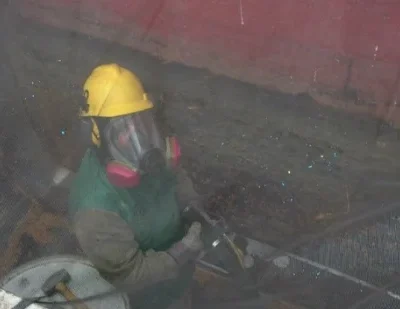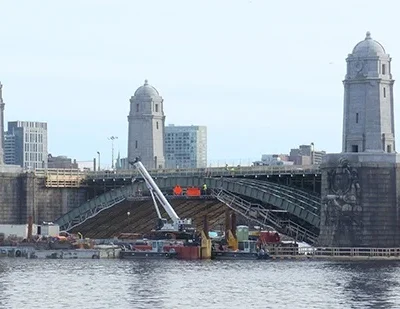In Arlington, Texas, a surprising obstacle awaited the team from Corrosion Control Resources, Inc. (CCR) at the Arlington Water Utilities Pump Station. What was supposed to be a straightforward project using coal slag for hand blasting took a turn when Sponge Media and robotic blasting became the unexpected heroes.
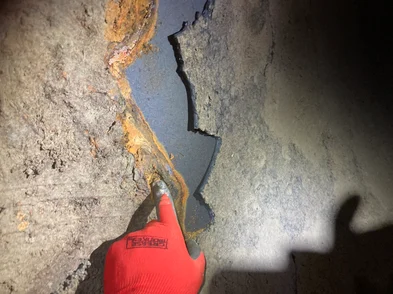
STARTING POINT: Clearing Out The Old Liner
The task at hand involved stripping away the old liner from a 60-inch (1.5 m) raw water pipeline, followed by installing a new lining. The project spanned from inside the station to the point where the pipeline dips underground outside the station. The pressure was on, as Drew Johnson from CCR shared. The station and its pipelines are vital for Arlington’s water supply, leaving no margin for delay or error.
Upon preparing to remove the coal tar epoxy lining inside the pipe, the crew stumbled upon something they hadn’t anticipated. “As we took apart the piping, we discovered not just coal tar epoxy lining as expected but also areas coated with coal tar enamel, which was much thicker, averaging between 250-500 mils (6,500-13,000 microns),” Johnson revealed. This finding made their initial plan of hand blasting impractical.
The Issue with Traditional Abrasives: Excessive Waste and Time
The task at hand involved stripping away the old liner from a 60-inch (1.5 m) raw water pipeline, followed by installing a new lining. The project spanned from inside the station to the point where the pipeline dips underground outside the station. The pressure was on, as Drew Johnson from CCR shared. The station and its pipelines are vital for Arlington’s water supply, leaving no margin for delay or error.
Upon preparing to remove the coal tar epoxy lining inside the pipe, the crew stumbled upon something they hadn’t anticipated. “As we took apart the piping, we discovered not just coal tar epoxy lining as expected but also areas coated with coal tar enamel, which was much thicker, averaging between 250-500 mils (6,500-13,000 microns),” Johnson revealed. This finding made their initial plan of hand blasting impractical.
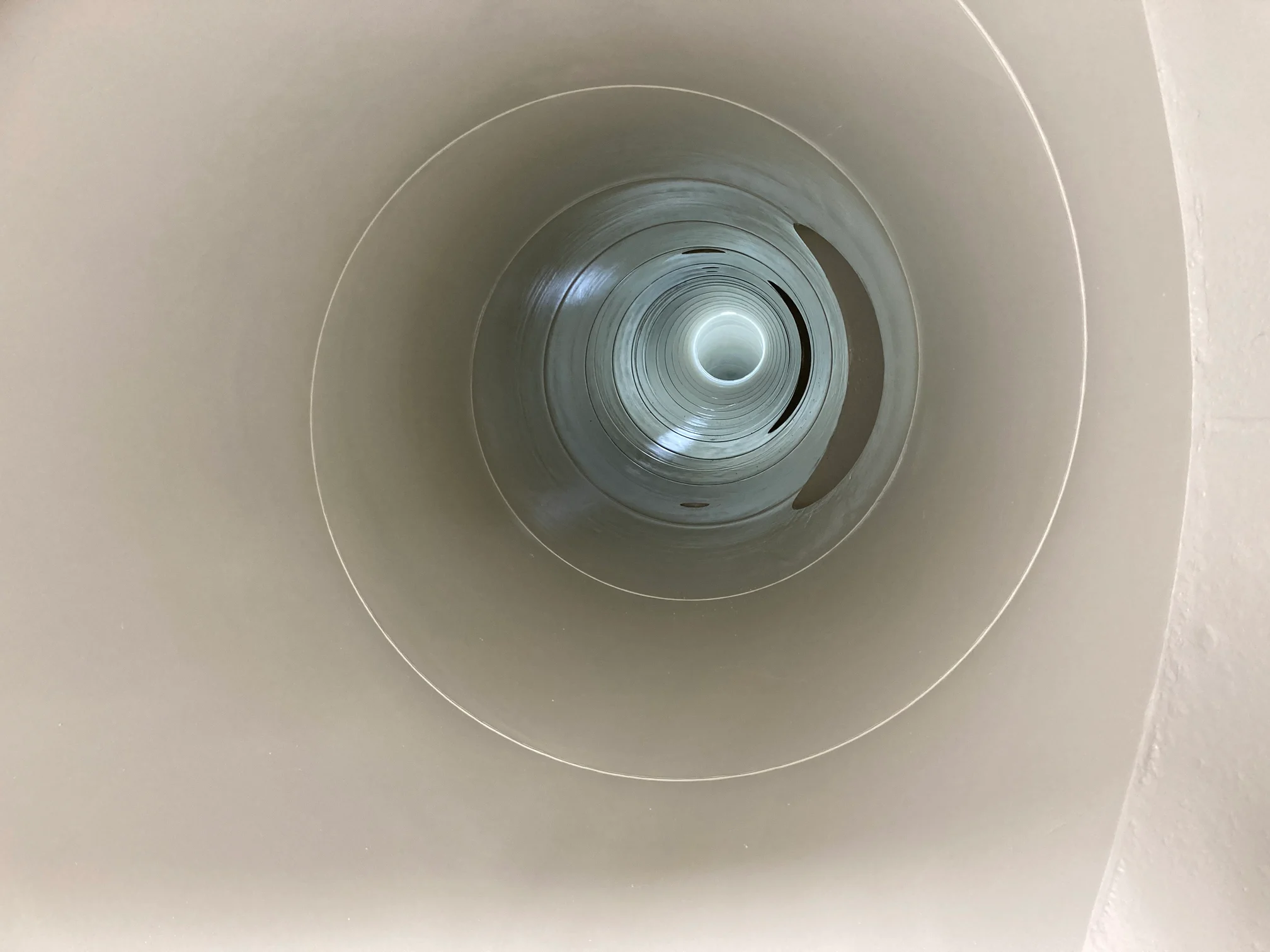
Innovative Solution: Sponge Media and Robotic Blasting
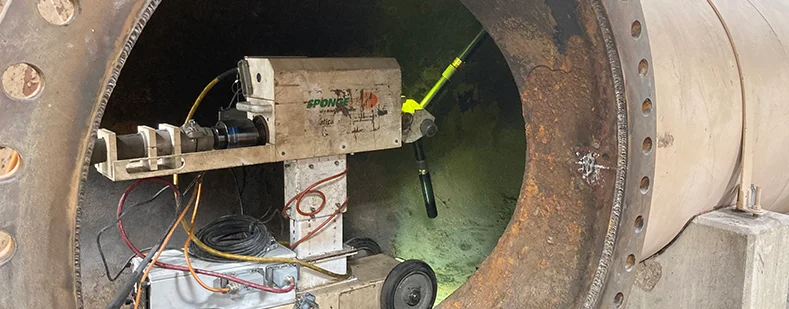
The discovery led Johnson and his team to consider Sponge Media and robotic blasting as an alternative. After consulting with a technical expert from Sponge-Jet and evaluating previous similar projects, they arranged for a demonstration. This approach promised a quicker, more efficient removal process.
Johnson noted the efficiency of using robotic blasting with Sponge Media. “We were under so much pressure to get the pump station and pipe back into service that when we discovered the coal tar enamel, we knew that we had to pivot and come up with another solution for the lining removal. Sponge Media and Robotica saved time and money, created much less waste and provided a safer option than ordinary abrasive blasting,” said Johnson. This method not only accelerated the project but also introduced a safer, more environmentally friendly approach to removing the thick coal tar enamel.
A Timely Completion
Thanks to the adaptability and innovative approach of the CCR team, the project was completed within the demanding three-week timeframe. “The unexpected challenge of dealing with coal tar enamel could have derailed our project. However, by switching to Sponge Media and robotic blasting, we not only met our deadline but also minimized waste and ensured a safer working environment,” Johnson proudly stated. This successful pivot underscores the importance of flexibility and innovation in overcoming unexpected challenges in infrastructure maintenance projects.
ADDITIONAL SPONGE-JET CASE STUDIES
Contact BlastOne
We love to talk to customers and help them make the best decisions when purchasing equipment.
You can reach us via our Live Chat, Email, Phone, and Online Form.
 My Account
My Account

